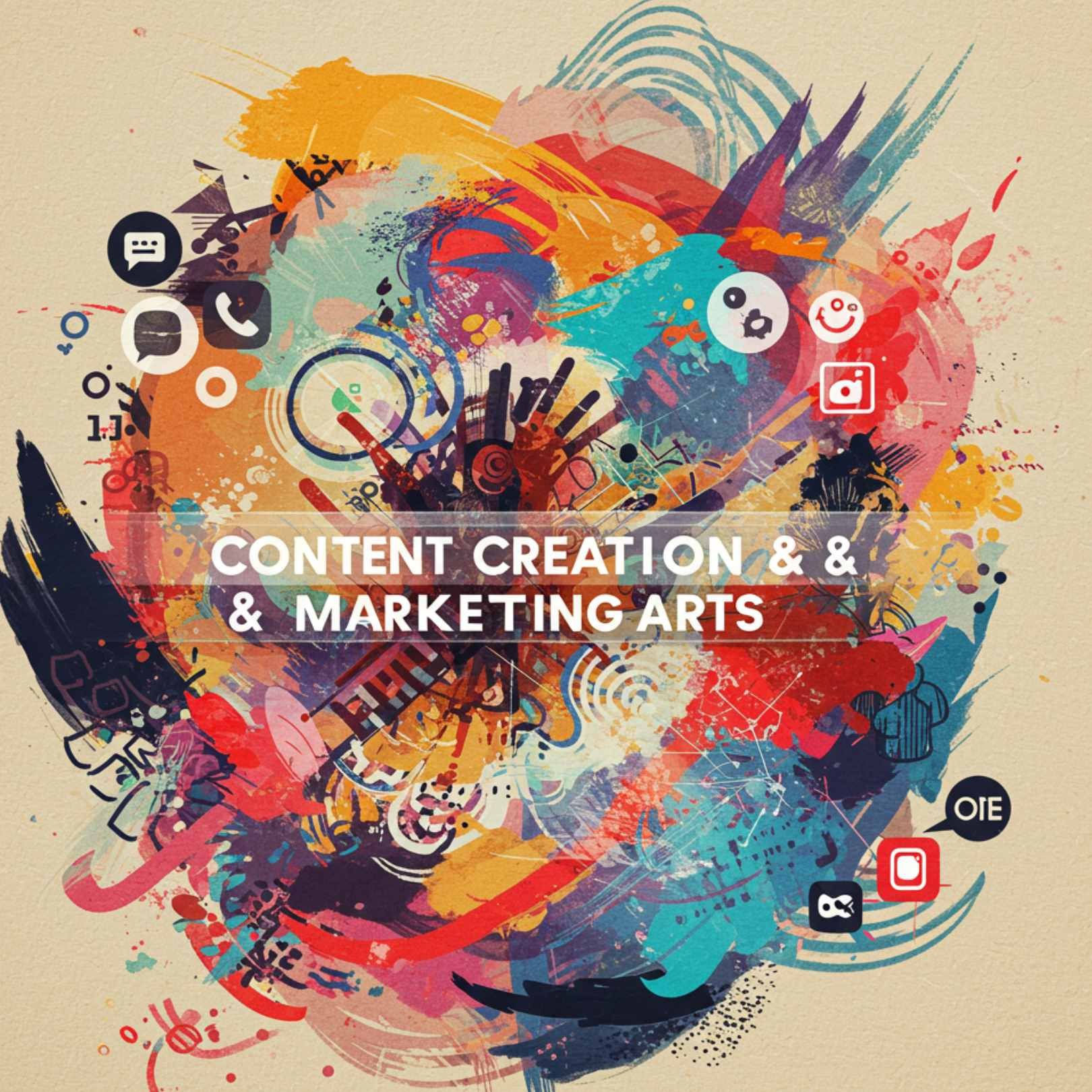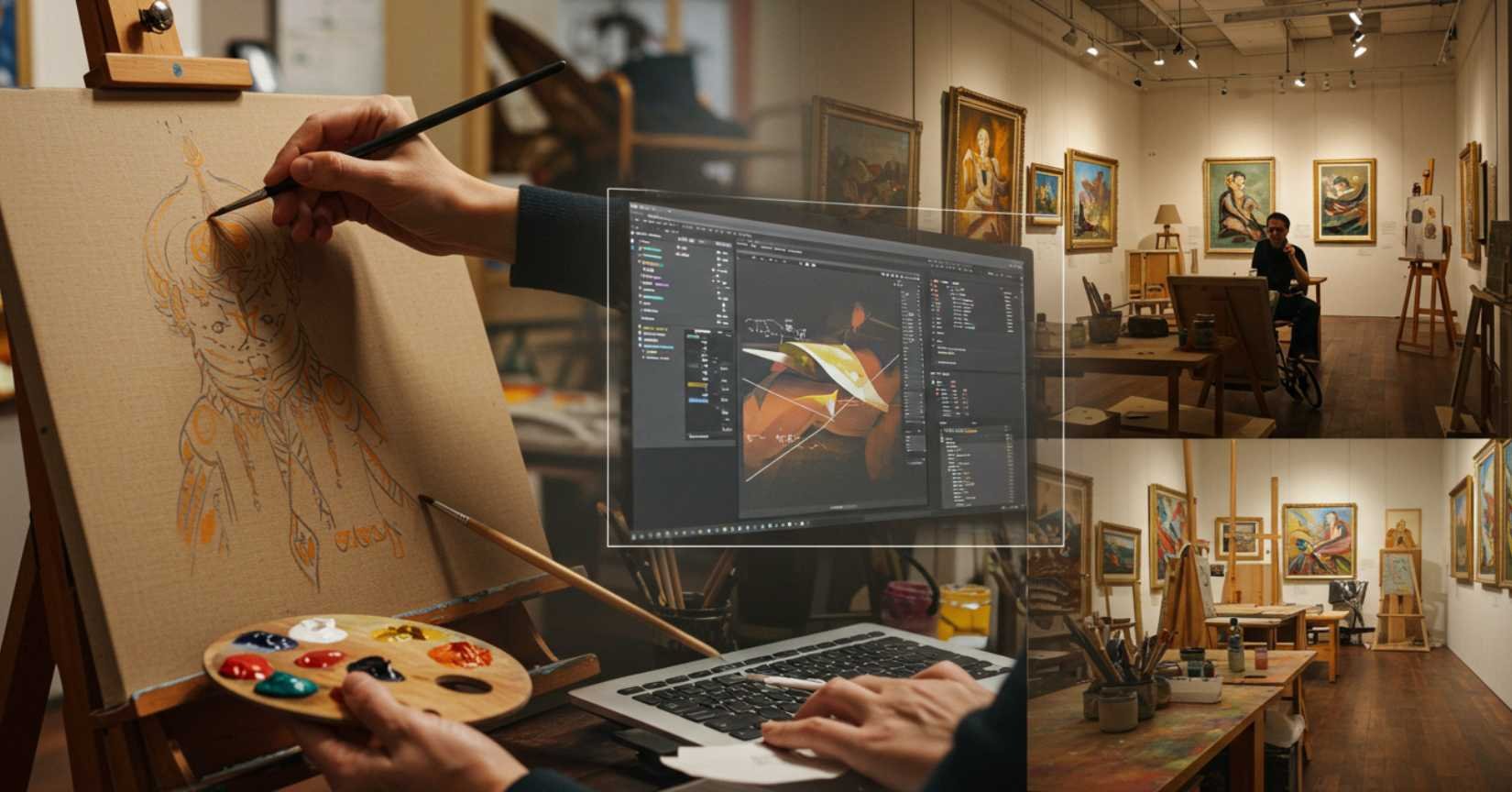The Impact of Digital Art on Content Creation and Marketing

Have you ever wondered how digital art is reshaping the way brands connect with their audience? The rise of AI-powered tools has brought about a revolution in creativity, making it easier for anyone to produce visually stunning work in minutes. Yet, despite this accessibility, digital art still faces challenges in gaining recognition in traditional art circles. So, what’s holding it back, and how can creators and marketers harness this new wave of art?
The Core Challenges Facing Digital Art Today
1. The Authenticity Problem
Digital art tools, such as Midjourney, DALL·E, and Stable Diffusion, enable anyone to create impressive artwork. But there's an important question: Can a piece created by AI ever truly reflect the artist's personal journey or emotional intent? For many collectors and art lovers, this connection to the artist's story is what makes a work valuable. Without this human element, digital art can sometimes feel distant, even though it may look aesthetically pleasing.
2. Skill Without Sweat
Traditional art has always demanded years of hands-on practice. A digital beginner can now create professional-looking work in mere minutes. While this is an incredible opportunity for emerging artists, it also raises questions about effort and craftsmanship. Longtime artists might feel overshadowed by the ease with which AI tools generate art, and the industry hasn't fully figured out how to judge digital work's true value yet.
3. The Originality Dilemma
Most digital platforms generate new images by remixing existing content. While this allows for fresh and exciting results, it also leads to concerns about originality. Is this art really new, or is it simply a rehash of what's already out there? Until there's more clarity around how digital art should be credited and judged, the debate about its authenticity will continue to linger.

How Creators Can Build Respect in the Art World
Despite these challenges, many digital artists are gaining recognition by showing how they use technology to enhance their creative vision, rather than replace it.
1. Blend Traditional and Digital Techniques
Some of the most respected digital artists don’t rely on AI tools alone. Instead, they use these tools as a foundation and then add their personal touch. Whether it's refining the image with software like Adobe Photoshop or layering digital pieces into a collage, these creators demonstrate that the artist is still in control of the final vision. This approach adds depth and personal connection to the work.
2. Develop a Personal Style
With so many digital artworks looking similar, standing out is key. Successful digital artists often focus on developing a consistent style that reflects their unique perspective. This could include using a specific color palette, focusing on personal subjects, or experimenting with unconventional prompts. Over time, a signature style can build recognition, just like a traditional artist’s brushstroke.
3. Show Your Process
One of the best ways to connect with your audience is by sharing your creative journey. Use platforms like Behance or Dribbble to showcase your process, from initial sketches to the final product. Posting before-and-after images or short stories about your inspiration helps viewers understand the effort behind the art, building a stronger connection with the work.
What’s Changing in the Art World
Although digital art faces challenges, things are slowly shifting in the right direction:
- Galleries and Museums: More galleries are opening their doors to digital creators who demonstrate clear artistic direction, and museums are starting to feature digital art exhibitions.
- Education: Art schools are now teaching students how to use digital tools in a creative and responsible way.
- Verification: Auction houses are developing methods to verify and authenticate digital artworks, which will further cement their place in the art world.
If you're serious about digital art, this is your chance to lead the charge and innovate. Embrace both traditional techniques and cutting-edge tools to make your mark in the industry.

How Digital Art Helps in Marketing
So, how does digital art tie into the world of marketing?
As brands and businesses look for fresh ways to engage with their audience, digital art offers a unique opportunity to create compelling visuals for advertising, social media campaigns, and more. Here's how it helps:
- Boosting Engagement: Beautiful, unique images catch the eye. Whether you're using AI tools like DALL·E to create stunning visuals or blending digital art with personal touches, these graphics can help your brand stand out in a crowded digital space.
- Cost-Effective Content Creation: Digital art tools allow for fast, high-quality content creation. Rather than hiring expensive photographers or graphic designers, brands can quickly generate visuals that capture attention.
- Storytelling: Digital art can be used to tell a brand's story in a visually compelling way. By showcasing a brand’s message through creative, customized artwork, companies can evoke emotions that resonate with their audience, making the marketing campaign feel more authentic.
Whether you're a brand looking to revamp your marketing or an artist exploring new ways to share your creations, digital art has the potential to unlock new avenues of connection and creativity.
Explore AI Content Creation Tools like Kafkai
For content creators, AI-powered platforms like Kafkai are revolutionizing the writing process. Kafkai is an AI content creation platform designed to help marketers and writers produce high-quality articles quickly and efficiently. By leveraging AI, users can create blog posts, product descriptions, and more, in a fraction of the time it would take to write manually. This can be a game-changer for anyone looking to scale their content production while maintaining a human touch in their messaging.
Conclusion: Creativity is Key
Despite the challenges digital art faces, its potential in marketing and content creation is undeniable. By blending traditional techniques with innovative digital tools, creators can produce compelling artwork that resonates with their audience. Whether you’re an artist or a marketer, embracing digital art opens up endless possibilities for expression and engagement.
Ready to start your digital art journey? Explore platforms like Midjourney, DALL·E, or Kafkai to bring your creative vision to life, and see how this exciting field can elevate your marketing efforts.
Take Action Now!
Start experimenting with digital art in your next marketing campaign. Explore tools, try creating your own visuals, and let your creativity flow!